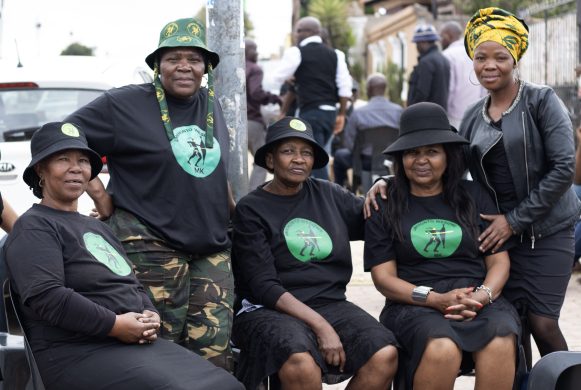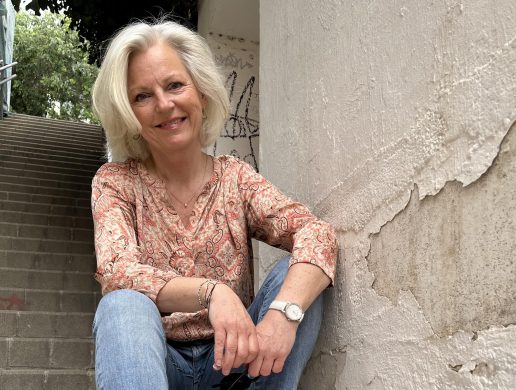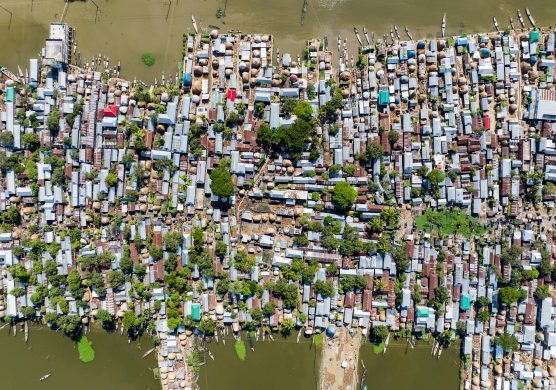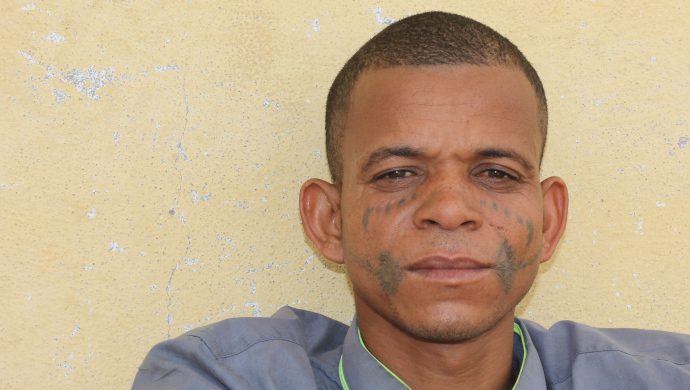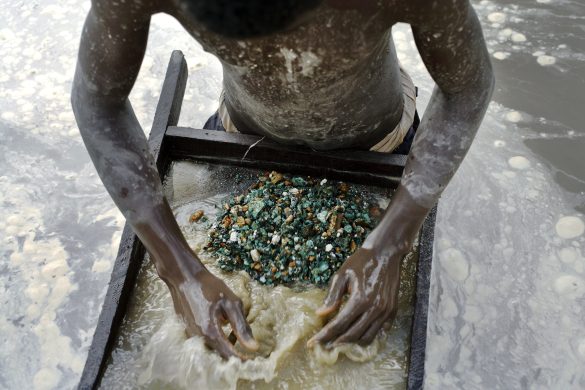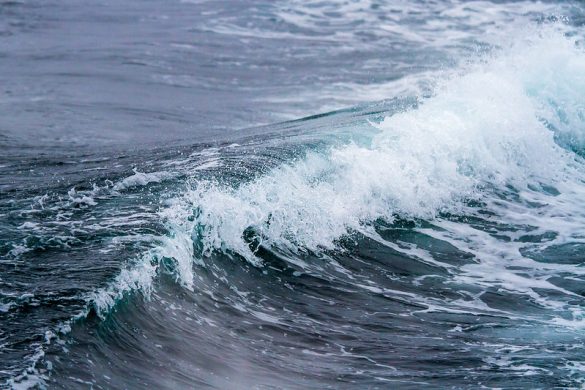Ifølge ny rapport fra Freedom House lever 43 procent af verdens befolkning i lande med en ufri presse. Generelt er det gået tilbage for pressefriheden og har gjort det i flere år, siger organisationen.
The percentage of the world’s population living in societies with a fully free press has fallen to its lowest level in over a decade, according to a Freedom House report released on Wednesday.
An overall downturn in global media freedom in 2012 was punctuated by dramatic decline in Mali, deterioration in Greece, and a further tightening of controls in Latin America. Moreover, conditions remained uneven in the Middle East and North Africa, with Tunisia and Libya largely retaining gains from 2011 even as Egypt experienced significant backsliding.
The report, Freedom of the Press 2013, found that despite positive developments in Burma, the Caucasus, parts of West Africa, and elsewhere, the dominant trend was one of setbacks in a range of political settings.
Sophisticated repression
Reasons for decline included the increasingly sophisticated repression of independent journalism and new media by authoritarian regimes; the ripple effects of the European economic crisis and longer-term challenges to the financial sustainability of print media; and ongoing threats from nonstate actors such as radical Islamists and organized crime groups.
“Two years after the uprisings in the Middle East, we continue to see heightened efforts by authoritarian governments around the world to put a stranglehold on open political dialogue, both online and offline,” said David J. Kramer, president of Freedom House.
“The overall decline is also a disturbing indicator of the state of democracy globally and underlines the critical need for vigilance in promoting and protecting independent journalism.”
Worrying deterioration was noted in Ecuador, Egypt, Guinea-Bissau, Paraguay, and Thailand—which were all downgraded to the Not Free category—as well as in Cambodia, Kazakhstan, and the Maldives. Meanwhile, Mali suffered the index’s largest single-year decline in a decade due to a coup and the takeover of the northern half of the country by Islamist militants, and media in Greece came under a range of pressures as a result of the European economic crisis. The score declines in those two countries triggered a status change to Partly Free, as did a smaller negative shift in Israel.
Independent media continued to face severe challenges in a number of environments that were already rated Not Free. Influential authoritarian states such as China and Russia used a variety of techniques to maintain a tight grip on traditional media—including detaining, jailing, or bringing legal charges against critics, and closing down or otherwise censoring outlets—even as they expanded their attempts to control content online.
Less than 14 % have a free press
Of the 197 countries and territories assessed during 2012, a total of 63 (32 percent) were rated Free, 70 (36 percent) were rated Partly Free, and 64 (32 percent) were rated Not Free. The analysis found that less than 14 percent of the world’s inhabitants lived in countries with a Free press, while 43 percent had a Partly Free press and 43 percent lived in Not Free environments.
The world’s eight worst-rated countries are Belarus, Cuba, Equatorial Guinea, Eritrea, Iran, North Korea, Turkmenistan, and Uzbekistan. In these states, independent media are either nonexistent or barely able to operate, the press acts as a mouthpiece for the regime, citizens’ access to unbiased information is severely limited, and dissent is crushed through imprisonment, torture, and other forms of repression.
“Government attacks on journalists, both legal and physical, are often what make the headlines. However, there are a number of less prominent but equally sinister factors behind the erosion of press freedom worldwide. These include the devastating impact of shrinking national economies on struggling independent media outlets, and the activities of nonstate actors with a strong interest in muzzling the press, such as drug traffickers and terrorist groups,” said Karin Karlekar, project director of Freedom of the Press.






